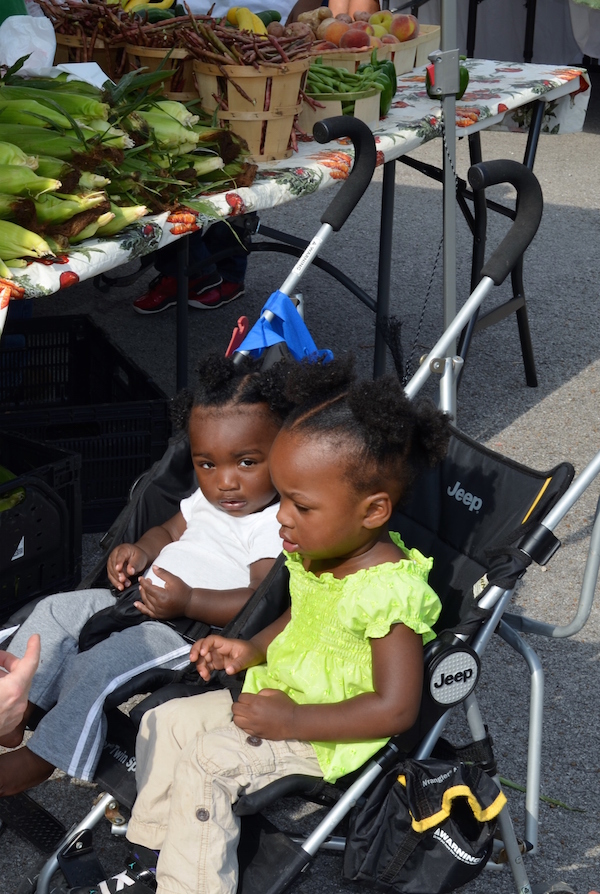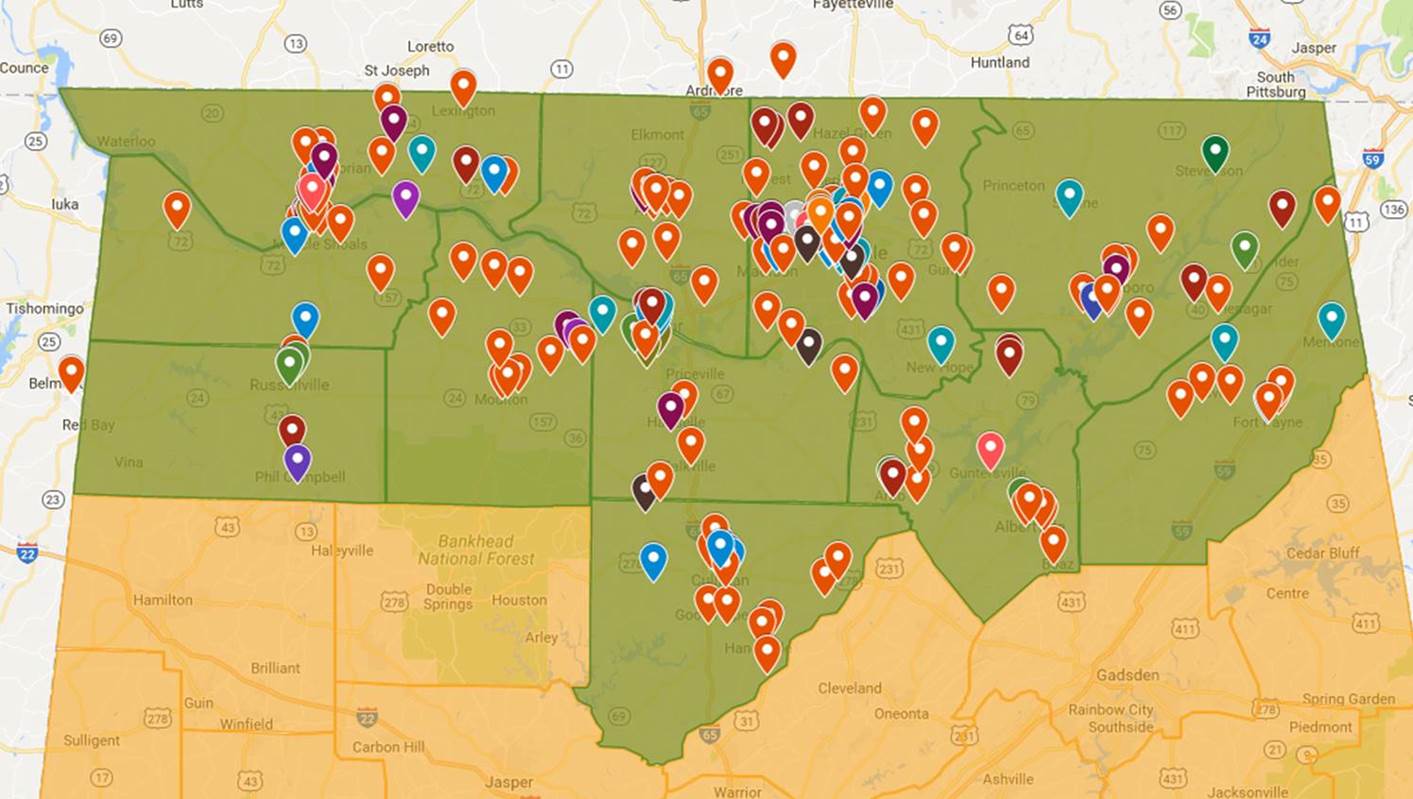The Face of Hunger

Surprising Facts About Hunger In North Alabama
Want to ensure every person in North Alabama has enough food to lead an active, healthy life? Check out these truths about hunger in our community and find out ways you can help.
No. 1 – Hunger is here in our own backyard
We often think that families facing hunger live overseas in war torn, drought stricken or economically distressed nations. In fact, many of our own neighbors are at risk of hunger. Did you know that the parents or guardians of nearly 60,000 children in North Alabama say their children sometimes skip meals, do not eat for a whole day or go hungry because there is not enough money to buy food for the household?
No. 2 – It’s our neighbors who are at risk of hunger
So who is hungry in North Alabama? Our neighbors.
- 70% of people seeking food assistance live in families with three or less members.
- 71% are white; 14% black: 4% Latino and 11% identify as other ethnicities.
- 62% have earned a high school degree, GED or pursued higher education.
- 18% pursued higher education including a two- or four-year degree.
- 57% have combined incomes below $10,000 per year.
- 44% have a household member who worked for pay in the last 12 months.
No. 3 – Food stamps and free school meals leave gaps
The fact that even one child or adult in North Alabama is at risk of hunger means we have gaps in our food system. Federal nutrition programs like free school meals or SNAP (food stamps) do much to address hunger but the assistance does not fully meet the need.
- Children who depend upon free or reduced priced meals at school may be at risk of hunger on weekends, holidays, and over the summer when schools are closed.
- Children up to four years old are too young to attend school where free meals are served.
- 80% of households in North Alabama who seek emergency food assistance and receive food stamps report that their food stamp allocation runs out by the third week of the month.
- Over 13,000 children who are at risk of hunger in North Alabama live in families that earn too much to qualify for SNAP (food stamps) or free/reduced priced meals at school.
No. 4 – Stark choices
These parents are forced to make stark choices: Should I buy groceries or pay the utility bill? Will our food last until my next paycheck? Even though I skipped dinner, will the kids have enough to eat tonight?
Due to economic distress, people seeking charitable food assistance in North Alabama report making choices between paying for food and other basic needs.
% of making the choice between paying for food and a basic need

No. 5 – How families cope
Residents at risk of hunger employ multiple strategies to avoid hunger.

No. 6 – Health
These stressors compound health problems.

No. 7 – What’s being done
- The Food Bank and our partner feeding programs feed over an estimated 80,000 people a year – more than the combined populations of Decatur and Muscle Shoals.
- Together we serve residents at risk of hunger over half a million times per year. That’s approximately seven times per neighbor in need. Learn how the Food Bank and partners are meeting these immediate needs and addressing hunger’s root causes.
How can I help?
It may surprise you to learn that you can help! You can give food, funds or time to help solve hunger in North Alabama. Hosting a food drive, volunteering to inspect or pack food supplies, giving voice to evidence-based food policies and donating funds are just a few of the ways you can make a difference. The Food Bank of North Alabama helps supply food to approximately 250 food pantries, shelters and children’s programs in North Alabama. All would welcome your support. Together we can solve hunger in North Alabama!
Our sources:
- Feeding America Hunger in America 2014 Report for Food Bank of North Alabama. The Food Bank’s Hunger Study is based on an 80-question survey of over 360 clients seeking food aid from 56 feeding programs across North Alabama. Thank you to the many volunteers who assisted us with this critical research. This statistically-valid data contributed to the most comprehensive study of hunger in America published to date.
- Map the Meal Gap 2015 Service Area: Food Bank of North Alabama.

